Optimal Timing for Staining Split Rail Fences
Proper timing for staining split rail fences ensures optimal adhesion and longevity. The best period typically aligns with mild weather conditions, avoiding extreme temperatures and moisture. Staining during favorable seasons can significantly extend the lifespan of the wood and maintain its appearance.
Late spring and early fall are ideal for staining split rail fences due to moderate temperatures and lower humidity levels, which promote better absorption of stain.
Avoid staining during periods of heavy rain, high humidity, or extreme heat, as these conditions can hinder the stain's adhesion and drying process.
Ensure the fence is clean and dry before applying stain. Proper preparation enhances stain penetration and durability.
Typically, fences should be stained every 2-3 years to maintain protection and appearance, depending on weather exposure.
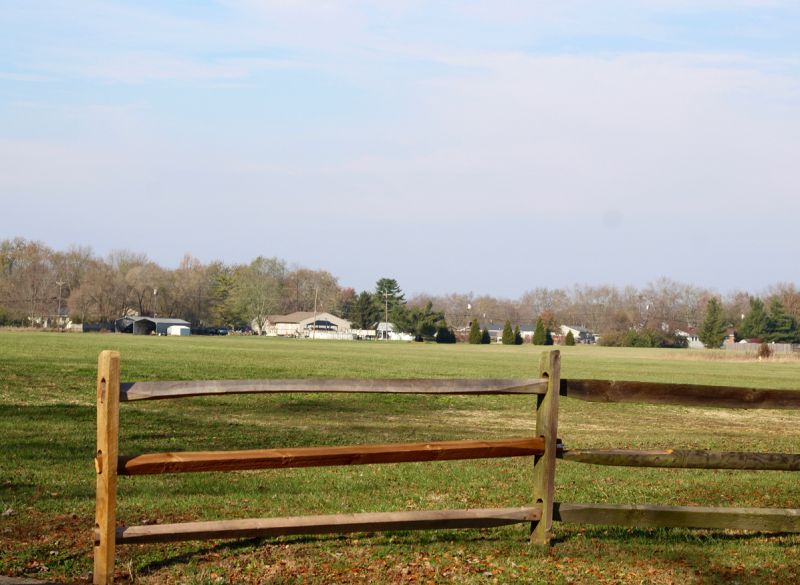
Spring offers optimal conditions for stain absorption due to mild temperatures and increased sunlight.
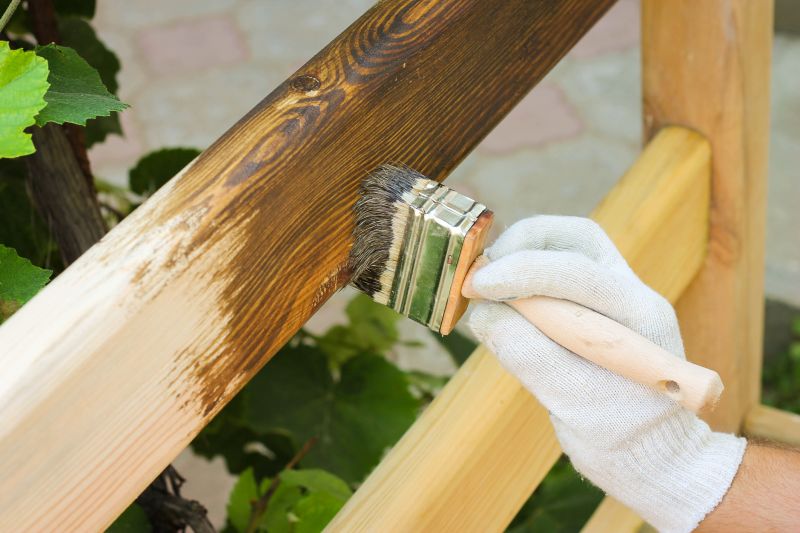
Fall provides cooler weather and lower humidity, ideal for stain application and curing.
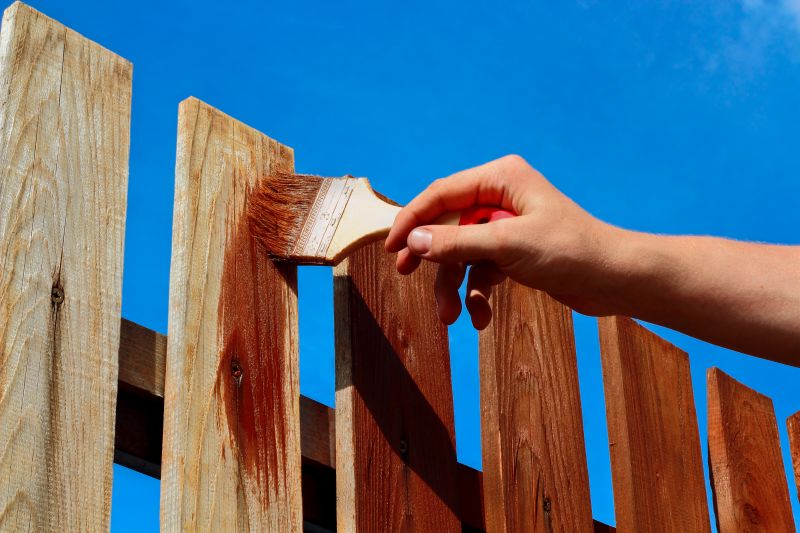
High summer temperatures can cause rapid drying and uneven stain absorption, reducing effectiveness.
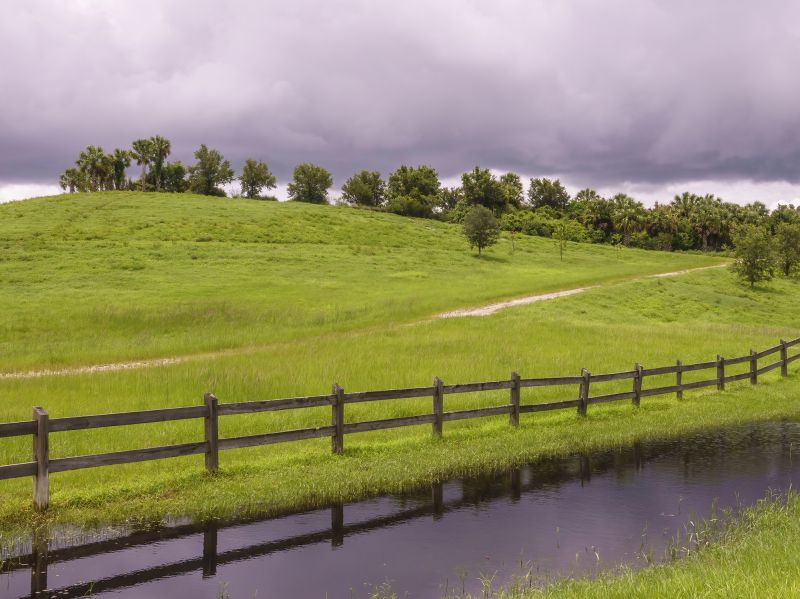
Ways to make Split Rail Fence Stainings work in tight or awkward layouts.

Popular materials for Split Rail Fence Stainings and why they hold up over time.
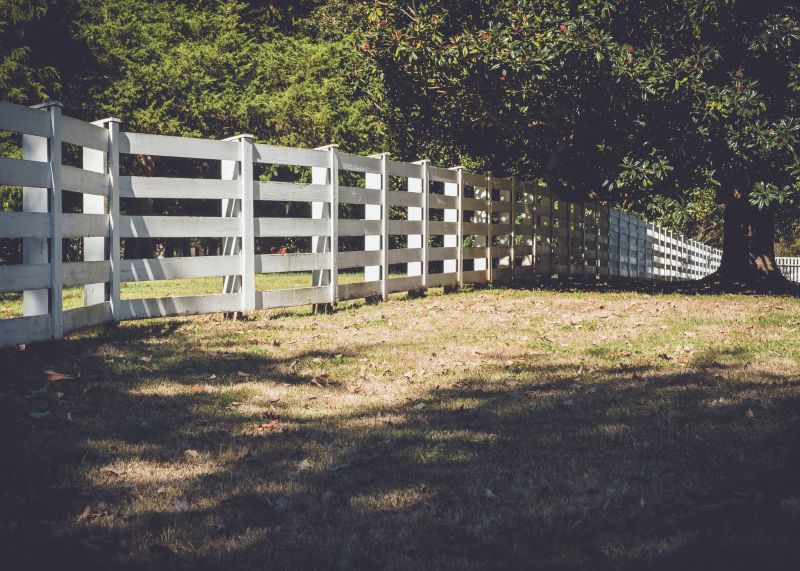
Simple add-ons that improve Split Rail Fence Stainings without blowing the budget.

High-end options that actually feel worth it for Split Rail Fence Stainings.

Finishes and colors that play nicely with Split Rail Fence Stainings.
| Season | Best Practices |
|---|---|
| Spring | Apply after the last frost, when temperatures are consistently mild. |
| Summer | Avoid during peak heat; if necessary, stain early morning or late evening. |
| Fall | Stain before the first frost for proper curing. |
| Winter | Generally not recommended due to cold and moisture conditions. |

Shows the even application of stain on split rail wood, highlighting protection and color richness.
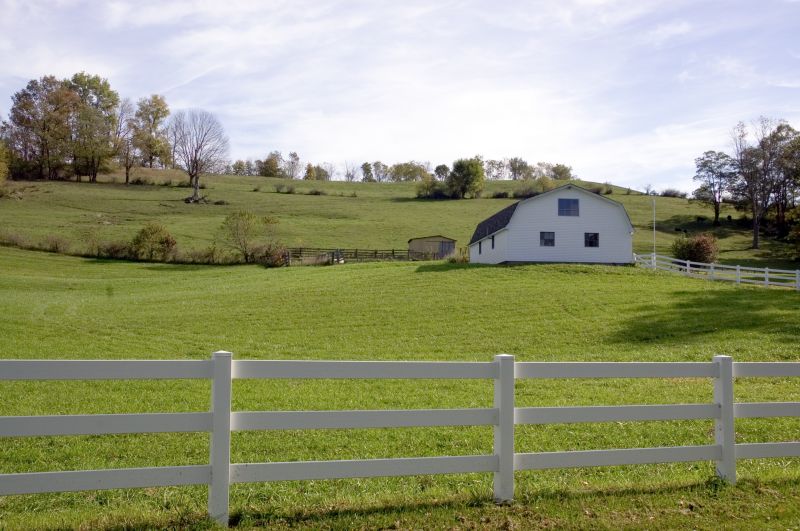
Depicts fences stained during optimal seasons for longevity and appearance.
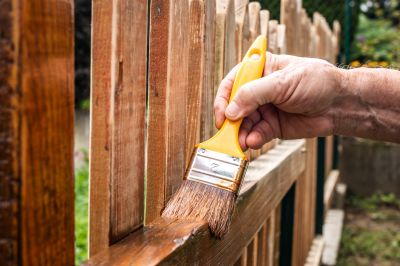
Illustrates cleaning and drying steps before applying stain.
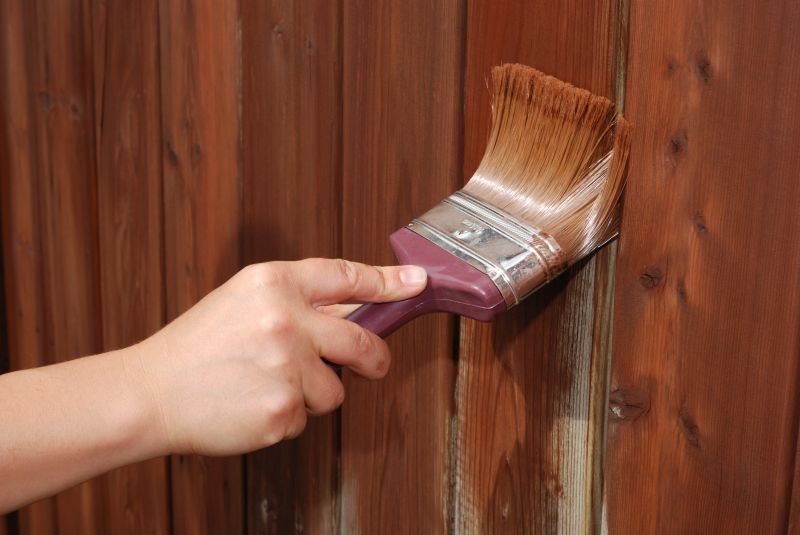
Demonstrates proper techniques for even stain coverage.

Little measurements that prevent headaches on Split Rail Fence Stainings day.
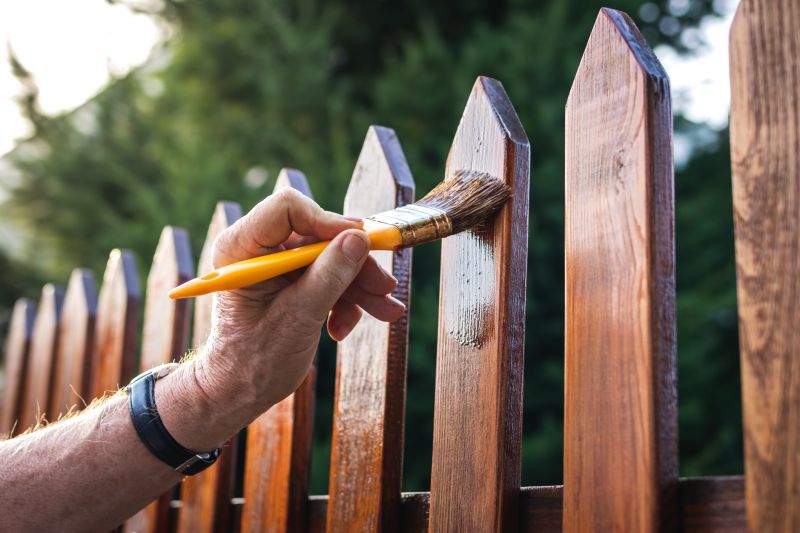
A 60-second routine that keeps Split Rail Fence Stainings looking new.
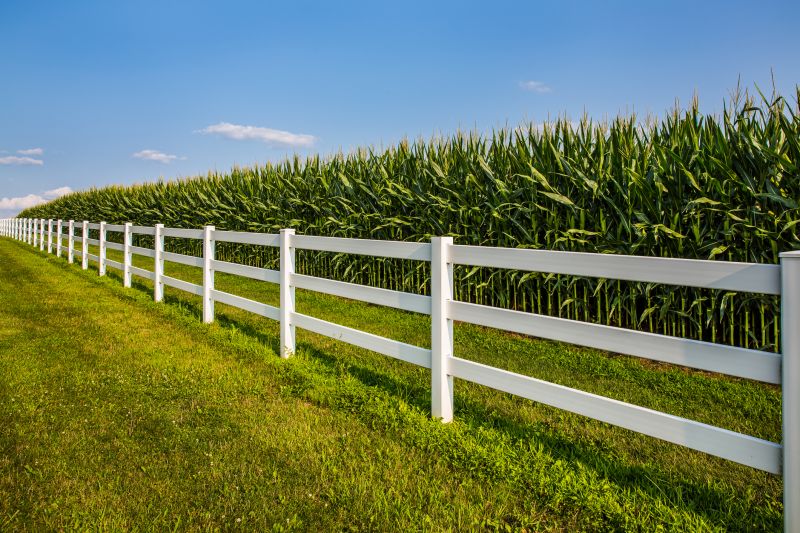
A frequent mistake in Split Rail Fence Stainings and how to dodge it.

Small tweaks to make Split Rail Fence Stainings safer and easier to use.
Interested parties are encouraged to contact for further details on scheduling and stain options. Proper timing and application techniques ensure the best results for split rail fence stainings, enhancing both durability and visual appeal.
